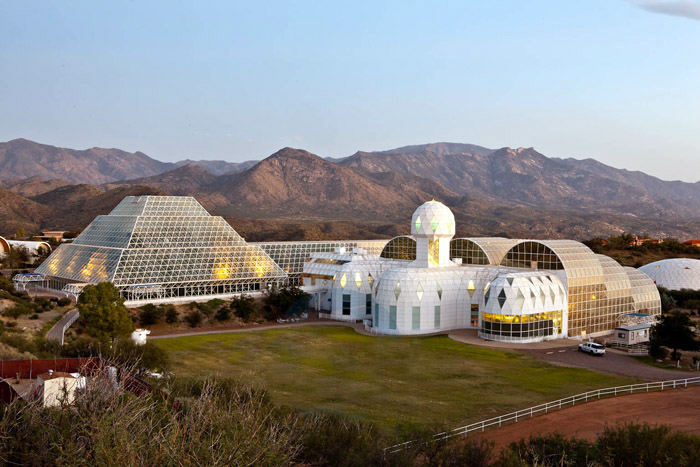Summertime in Shanghai is hot and humid. Now*, in the midst of the rainy season (
late this year, I've been told), the perpetual frizziness of my hair is a testament to the high humidity. Temperatures have been in the high 70s to low 90s Fahrenheit recently* (
23-33 C, slightly warmer than NY), but the real summer heat won't set in until the rains end.
With life relatively stationary (
and visitor-filled!) at the moment, and work busy but not quite blog-worthy, I thought I'd reach back in the travel archive to a cool, dry period: Christmas 2013 in the Arizona desert.
We tend to look beyond our borders -- whether town, state, or region -- for exotic, beautiful, and relaxing experiences. I'm guilty of it now, where everyday life in Shanghai sounds exciting to some but rarely makes it on my blog. Our recent US domestic trips, though, destinations of convenience rather than bucket lists, have reminded me to look within as well. There is great beauty to be found inside our borders.
We met up with my family for Christmas 2013 in
Phoenix. The Marriott Canyon Villas at Desert Ridge served as our home base for exploring the Valley of the Sun. (
Fun fact: Phoenix is now the sixth most populous city in the US. Who knew?! It's large and diffuse, with a relatively low population density.) Thanks to jetlag, B. and I spent many a morning cuddling and watching Sherlock on Netflix, breakfasting quietly without waking my siblings, and then sneaking out for sunrise walks on the golf course and early morning checks to see if Delta had
finally decided to deliver our bags. (
From LAX, Delta sent our bags to PDX -- Portland -- instead of PHX -- Phoenix.)
Before this trip, I'd spent little time in the desert. I've seen lakes, rivers, waterfalls; mountains, rainforests, temperate forests; grassy rolling hills and flat plains. The desert, for all its inhospitality, for its extreme temperature swings, lack of water, spiny plants and poisonous creatures, is startlingly beautiful. In this harsh environment, survival is key. It's each plant and animal for itself.
“Water, water, water.... There is no shortage of water in the desert but exactly the right amount, a perfect ratio of water to rock, water to sand, insuring that wide free open, generous spacing among plants and animals, homes and towns and cities, which makes the arid West so different from any other part of the nation. There is no lack of water here unless you try to establish a city where no city should be.”
― Edward Abbey, Desert Solitaire: A Season in the Wilderness
Driving through Sonoran desert region, we saw stark ground studded with little cacti and towering saguaros, all coated with spines -- some big, resembling nightmare-ish needles, others tiny, seemingly fur-like, but prickly and painful nonetheless. We pulled off the side of the road and walked quietly, meditatively into the desert.
Our adventures around Phoenix took us up Piestewa Peak, the second highest point in Phoenix mountains, and to the Hole in the Rock at Papago Park which, true to its name, is a large hole in a rock.
At Rooster Cogburn Ostrich Ranch in Picacho, Arizona, we fed donkeys, deer, goats and kids, prairie dogs, ostriches, and birds.
And then, after marveling at Biosphere 1 (i.e. Earth), we took a trip to
Biosphere 2, the research facility famous for its extended experiments on closed biospheres for space colonization. During "Mission 1" and "Mission 2" in the early 1990s, researchers were sealed inside for extended periods of time to live in an entirely self-sufficient environment. The glass vivarium is now owned by the University of Arizona, and is operated as an open system to explore the web of interactions between different biomes.
Biosphere 2 photo from Wikipedia.
Delta had my camera.
We also took a day trip to
Sedona -- see the next post for photos.
* When I drafted this, in late June. Not when I'm posting, in late October. Whoops.




















































